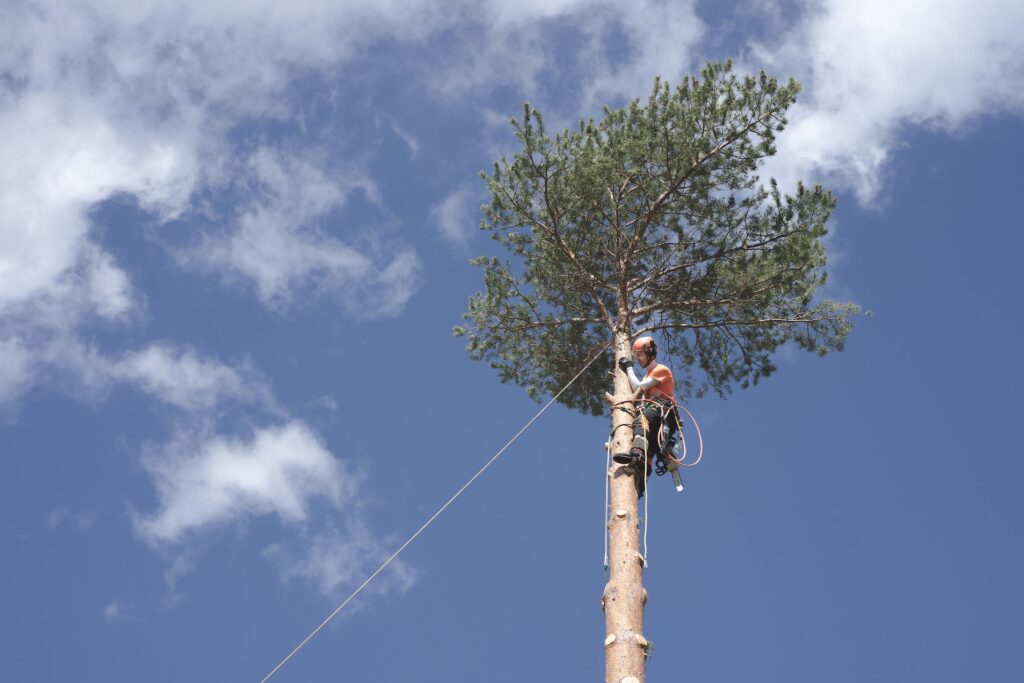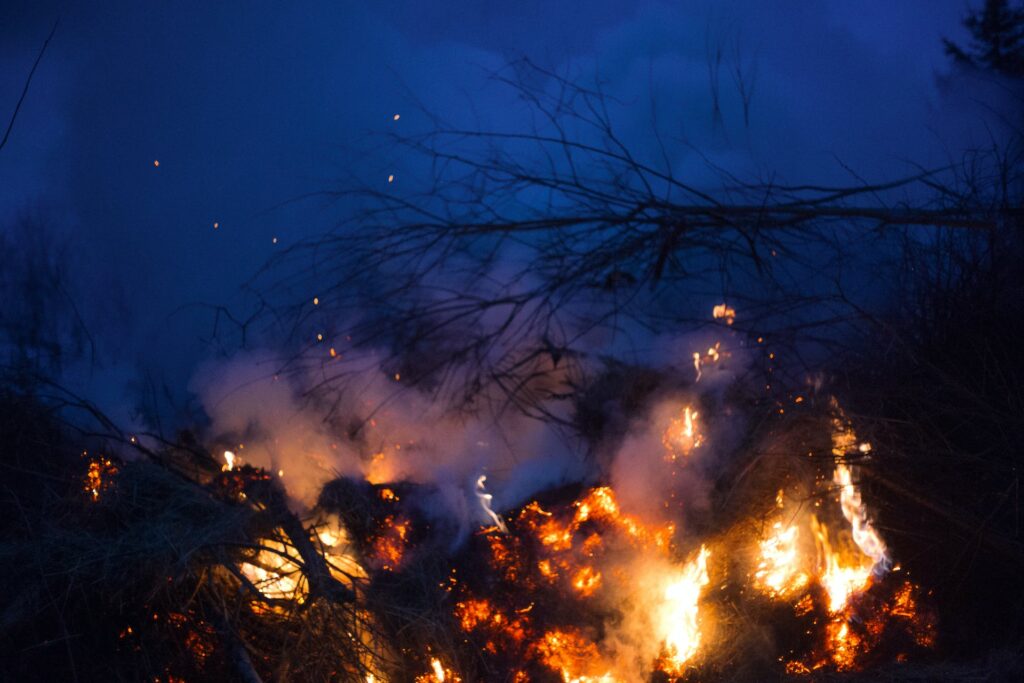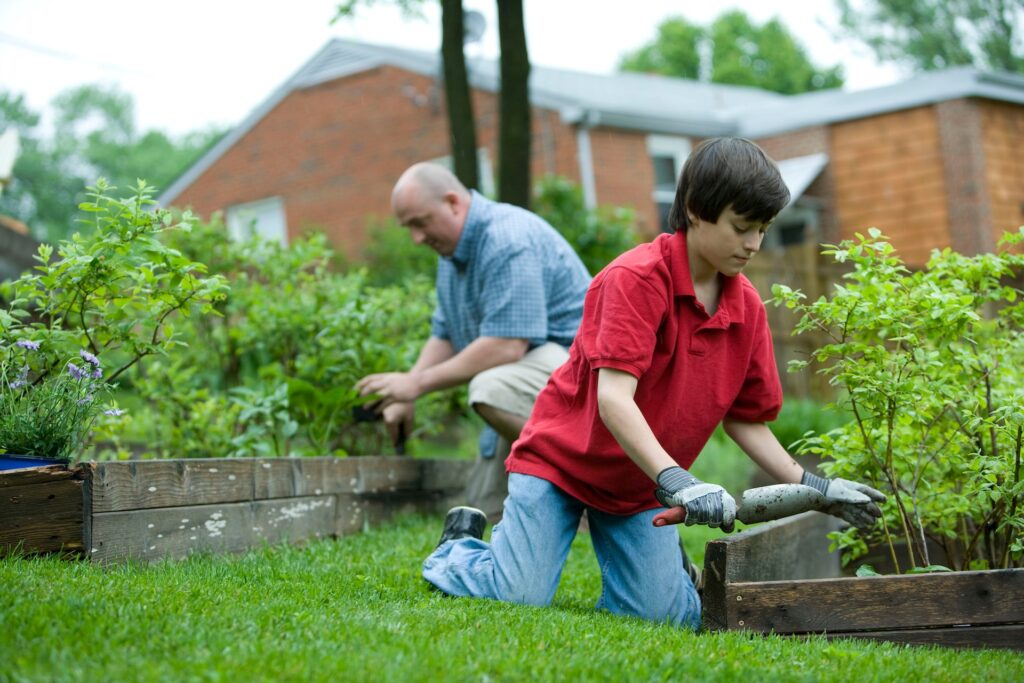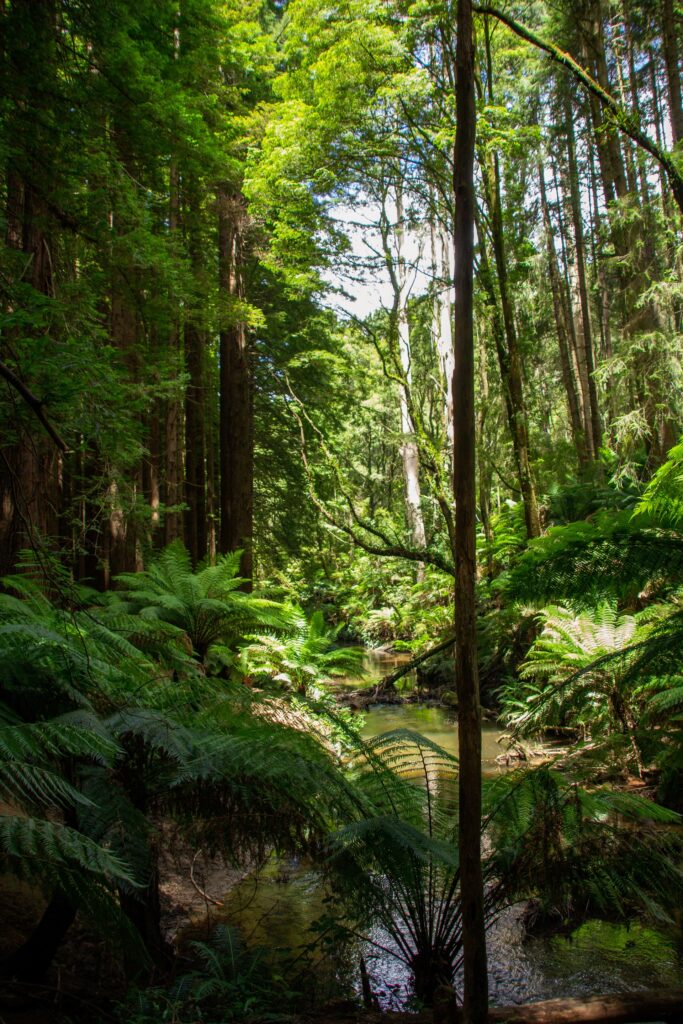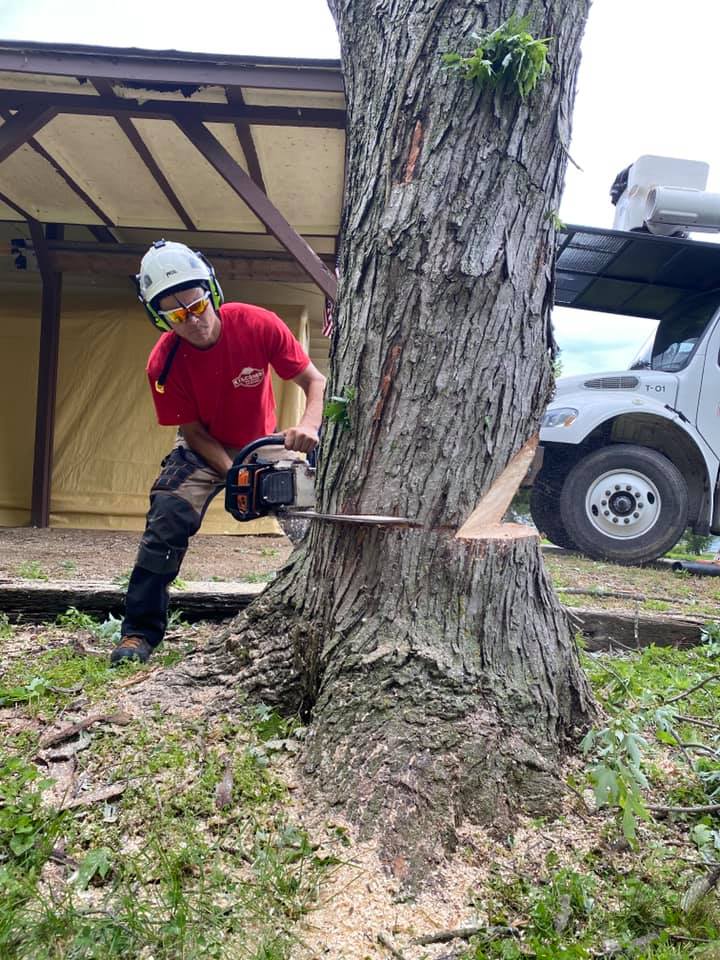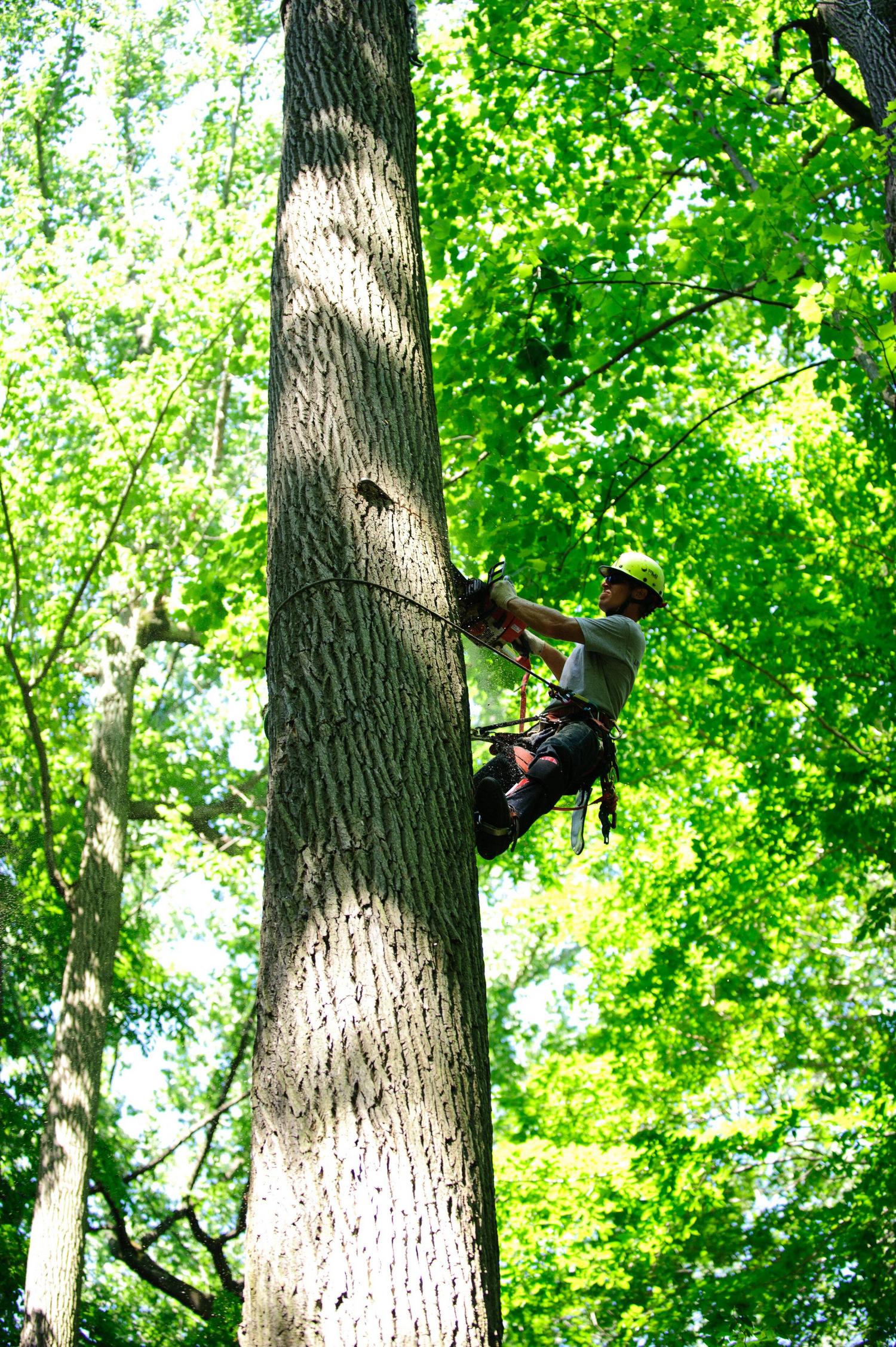Landscaping plays a pivotal role in defining the visual appeal and ambiance of residential properties. In the lush region of Brisbane Southside, where a subtropical climate encourages vibrant flora, the art of tree shaping emerges as a key element in transforming landscapes. This article explores the creative aspects of tree shaping and how it can be employed to enhance the beauty of outdoor spaces in Brisbane Southside.
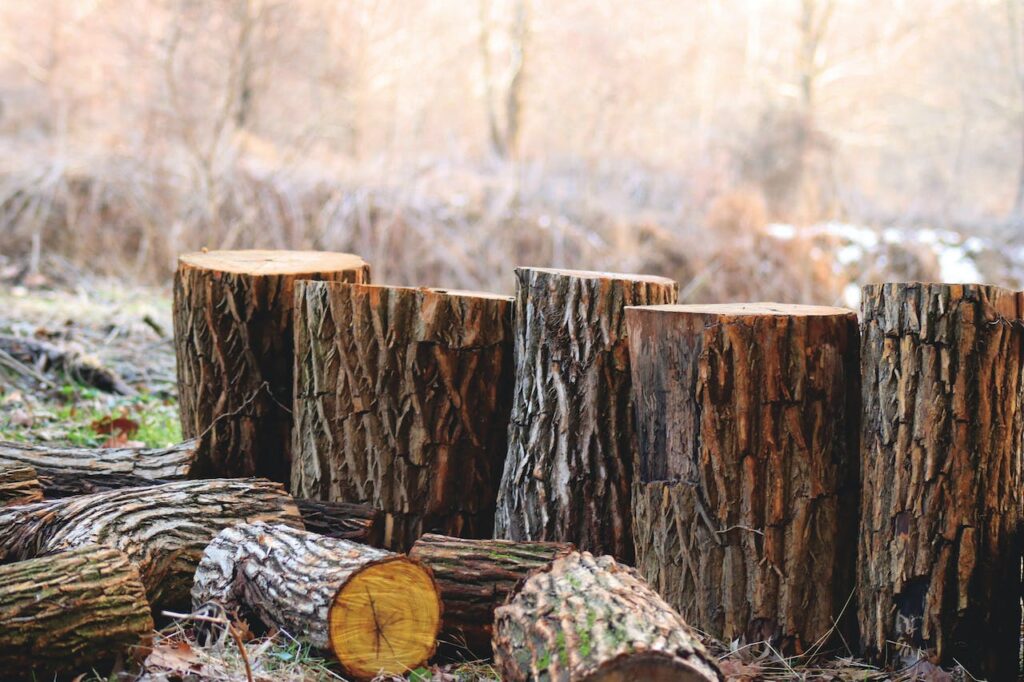
Understanding the Essence of Tree Shaping
Tree shaping is not merely a horticultural practice; it is an art form that involves carefully pruning and manipulating trees to achieve specific shapes or designs. Beyond its aesthetic benefits, tree shaping also serves functional purposes, such as directing growth away from structures, creating shaded areas, or promoting better airflow.
In the context of Brisbane Southside, where the landscape boasts a diverse array of native and exotic tree species, the potential for creative tree shaping is vast. From iconic palms to flowering eucalyptus trees, the region provides a rich canvas for homeowners to express their landscaping preferences through skillful tree shaping.
Popular Tree Shapes in Brisbane Southside Landscaping
- Canopy Elevation: Elevating the canopy of certain trees can create an open and airy ambiance in your outdoor space. This is particularly effective for trees with broad canopies, such as jacarandas or silky oaks.
- Espaliered Trees: This ancient horticultural technique involves training trees to grow in a flat, two-dimensional form against a support structure like a wall or fence. It’s an excellent space-saving solution that adds a touch of elegance to gardens.
- Topiary Artistry: Introduce a touch of whimsy to your landscape with topiary, the art of shaping trees into geometric or figurative forms. Common choices include animals, spirals, and abstract shapes, bringing a sense of charm to any garden.
- Archways and Tunnels: Create enchanting pathways in your garden by shaping trees to form archways or tunnels. This technique is particularly magical when applied to flowering trees like bougainvillea or wisteria.
- Bonsai Inspirations: Miniature tree shaping, inspired by the Japanese art of bonsai, can add a unique and contemplative element to your landscape. This is a meticulous process that requires patience but yields captivating results.
Factors to Consider in Brisbane Southside Tree Shaping
Before embarking on a tree shaping project, homeowners in Brisbane Southside should consider several factors to ensure successful outcomes:
- Tree Selection: Choose tree species that are well-suited for shaping. While many trees can be shaped, some respond better to the process and maintain their health and vigor.
- Climate Considerations: Brisbane Southside experiences a subtropical climate with warm temperatures and occasional storms. Ensure that the selected trees and shaping techniques align with the local climate to promote resilience.
- Professional Guidance: For intricate shaping projects or when dealing with large trees, seeking professional assistance is advisable. Arborists and tree shaping specialists can provide expert advice and ensure the safety of both the trees and the surrounding environment.
- Long-Term Planning: Tree shaping is a long-term commitment. Consider how the shaped trees will fit into your overall landscape design and how they will evolve over time.
- Maintenance Requirements: Different shapes may require varying degrees of maintenance. Be prepared to invest time and effort into pruning and shaping to preserve the desired aesthetic.
Benefits of Tree Shaping in Brisbane Southside
- Enhanced Aesthetics: The primary benefit of tree shaping is, of course, the enhanced aesthetics it brings to your landscape. Well-shaped trees can create focal points, define spaces, and contribute to an overall harmonious design.
- Improved Sunlight and Airflow: Strategic tree shaping can allow more sunlight to reach certain areas of your garden, promoting healthier plant growth. Additionally, it can improve airflow, reducing the risk of diseases in trees and plants.
- Space Optimization: By carefully shaping trees, homeowners can optimize their outdoor space, creating functional areas for relaxation, entertainment, or gardening.
- Increased Property Value: A thoughtfully landscaped property with well-shaped trees can significantly increase its market value. Potential buyers are often drawn to homes with beautiful and well-maintained outdoor spaces.
- Environmental Impact: Tree shaping, when done responsibly, contributes to the overall health of the environment. Healthy trees absorb carbon dioxide, release oxygen, and provide habitat for local wildlife.
Challenges and Considerations
While tree shaping can be a rewarding endeavor, it’s important to acknowledge the challenges and considerations associated with this practice. Improper tree shaping can lead to stress and damage to the trees, potentially affecting their long-term health. In Brisbane Southside, where storms and heavy rainfall are not uncommon, poorly shaped trees may be more susceptible to damage.
Moreover, some tree species may not respond well to certain shaping techniques, and attempting to force a shape can lead to irreversible damage. Therefore, it’s crucial to have a clear understanding of the specific needs and characteristics of each tree species before initiating any shaping project.
Conclusion
Transforming your landscape through the art of tree shaping is a captivating journey that requires a blend of creativity, horticultural knowledge, and careful planning. In Brisbane Southside, where nature’s bounty is abundant, homeowners have the opportunity to create truly unique and visually stunning outdoor spaces. By embracing tree shaping as an art form, residents can not only enhance the aesthetics of their properties but also contribute to the overall beauty of the Brisbane Southside community. As with any landscaping project, it’s advisable to seek professional guidance when needed and approach tree shaping with a long-term perspective for sustainable and enduring results.
